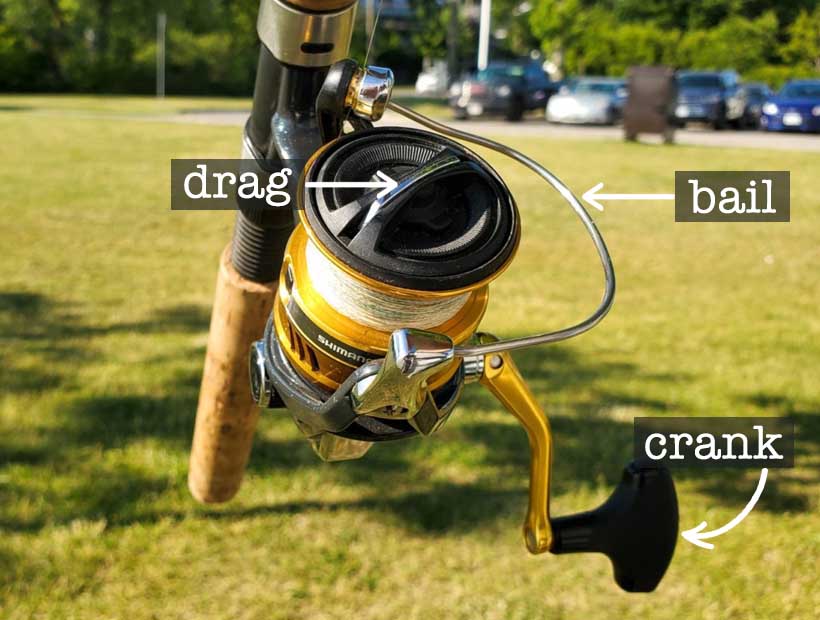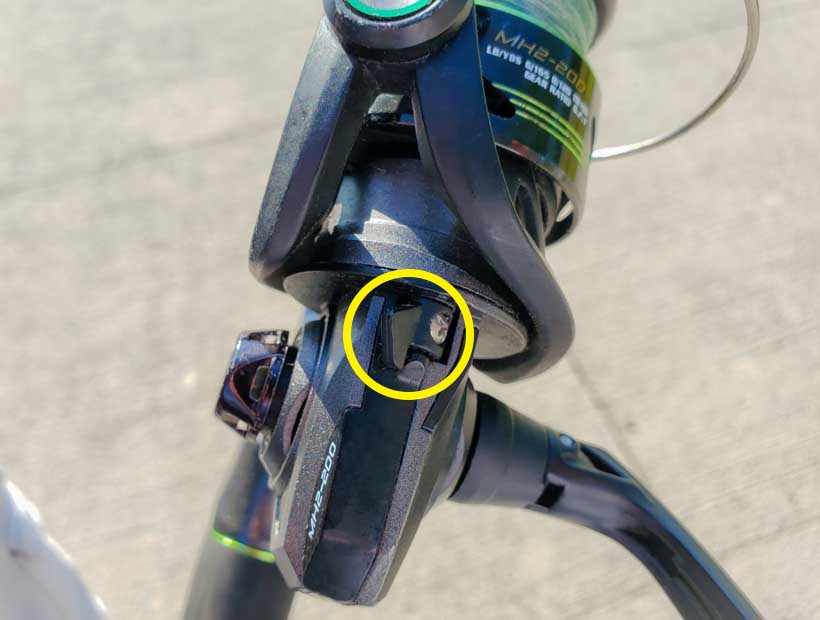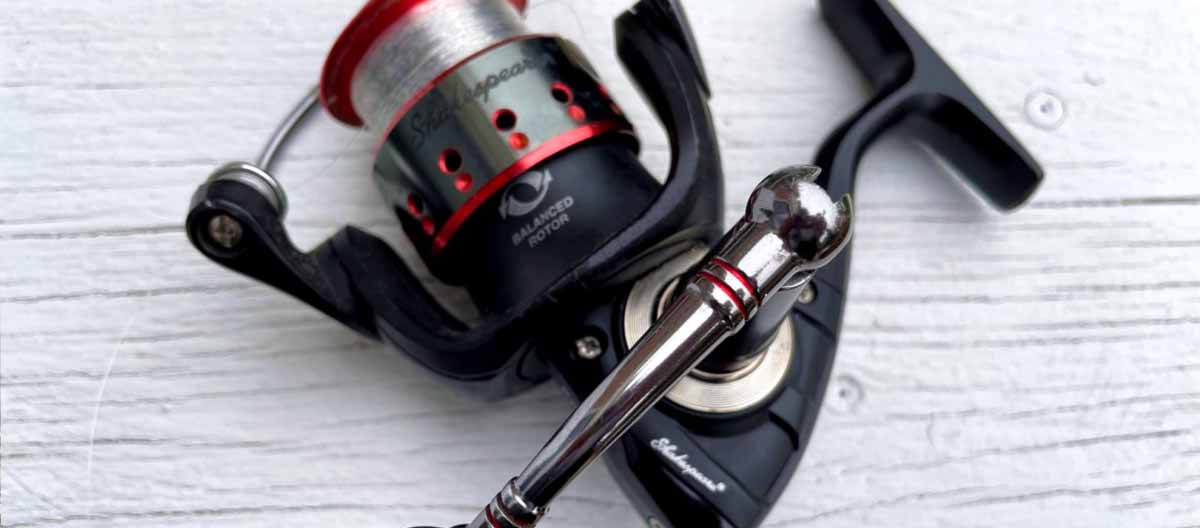Elements of a Spinning Reel
There are mainly four different types of fishing reels: a spinning reel, bait casting reel, trolling reel, and fly fishing reel. However, I will focus on spinning reels for now as casting reels are geared more towards experienced and advanced anglers. Trolling reels are specifically for trolling. It would only be beneficial if you have a boat and know which species you want to target. Fly fishing is an entirely different animal altogether, so I will focus on that another time. Now, let's look at the features of a spinning reel and what you should look for when purchasing one.
Spinning Reel Parts
Spinning reel features: There are four main components to a spinning reel: the crank, the bail, the drag, and the anti-reverse switch.
Crank: This is what you spin and crank to retrieve your bait and fight your fish. On spinning reels specifically, you can unscrew the handle. This allows you to switch between left-handed and right-handed depending on your preference. If you find a reel you like but the handle is on the wrong side, simply unscrew it from both sides of the reel and switch it around. Easy-peasy.

The bail: This is the rounded metal bar on your reel. When the bail is closed, your line remains nice, neat, and tight on the spool. An open bail (flipped up) releases the line from your spool and allows you to make nice smooth casts with your rod. When you retrieve your line, your bail will spin round and round. This allows the line to lay back on the spool evenly, ready for the next cast.
Drag system: This is a dial that controls your reel’s drag system and looks like a small knob or cap. It tightens and loosens when you twist left and right. You can find it either at the top or at the bottom of your reel. It controls how much tension, resistance, and effort it takes to pull line from your reel with a closed bail. It's important that you have a good balance. If there isn't a good balance of resistance and give in your drag, fish will either snap or spool your line.
Be aware of how tight your drag is set at all times. You can check it’s resistance by closing the bail and pulling line from your reel. Your drag should be snug, but not too tight. Be mindful of the size of the fish you’re targeting and set your drag accordingly. It takes some time to get used to but it will eventually become second nature to you. The stronger the fish, the more often you should adjust your drag as you're fighting it. Once you've set your rod and reel up with line and tackle, find your drag and play with it. Get to know it and make it your best friend.
In fishing, defence is your best offense.
Anti-reverse switch: You can find this switch on the bottom of fishing reels. It initiates and engages your reel’s drag system. If anti-reverse is on, so is the drag system. Your drag system will not work otherwise and you do not want that. How can you tell if the anti-reverse switch is on? Turn the handle of your reel backward. If the reel resists and the handle does not move, then anti-reverse is on and your drag system is ready to work. You can also pull the line out from your reel while the bail is closed. If the handle stays still and does not start spinning backwards (creating a big ole bird’s nest in your reel), then you’re all set. Feel free to play with this switch. However, I suggest making sure the anti-reverse switch is always on when you're fishing.

When buying a new reel:
∙ Always make sure your anti-reverse switch is on.
∙ Reel the handle backwards and make sure it stops spinning immediately.
Be sure there is no play, give, slack, clink, or delay in the handle of the reel before it stops. This is a sure sign of a good quality reel and drag system that you can rely on for years to come. If there’s even the slightest bit of play in your handle, you'll put stress on the gears and components inside every time you set the hook. This will wear down fishing reels faster and cause them to break down within a shorter period of time. Buy something of good quality and save yourself money in the long run.
